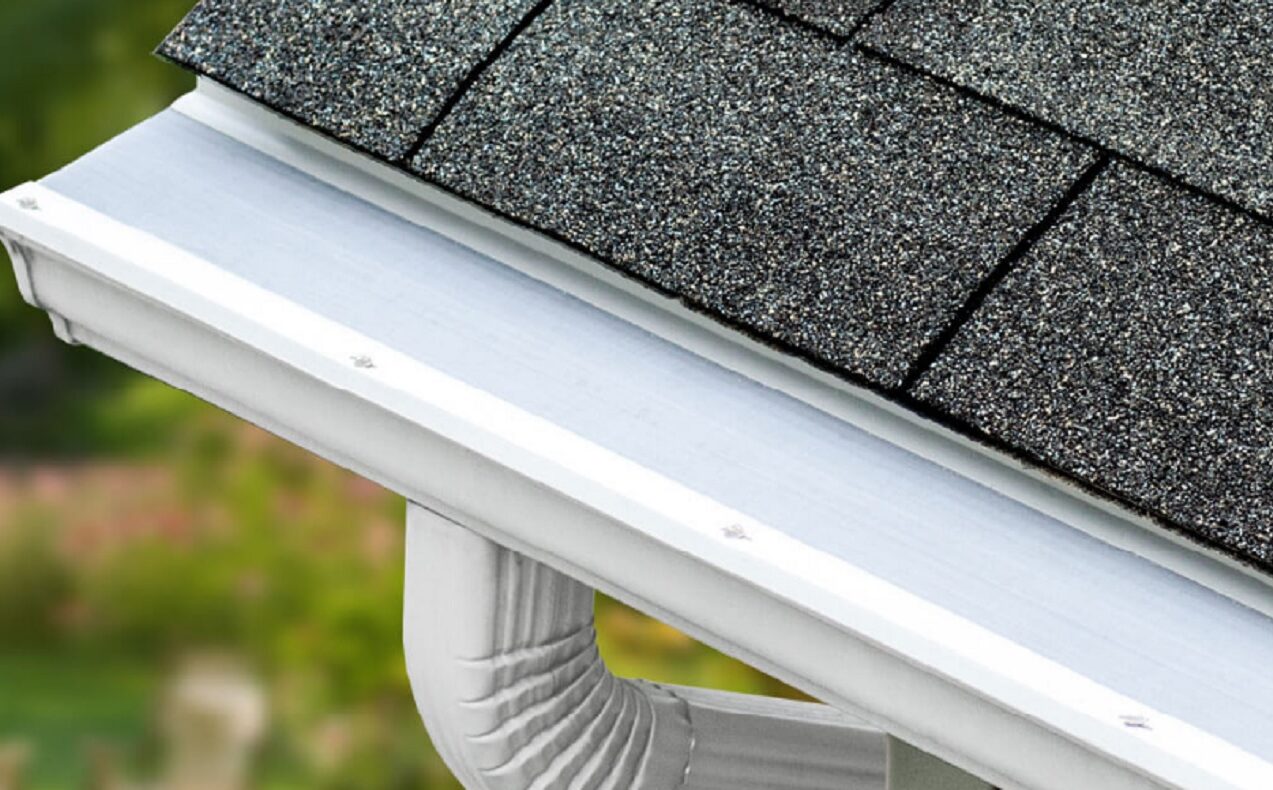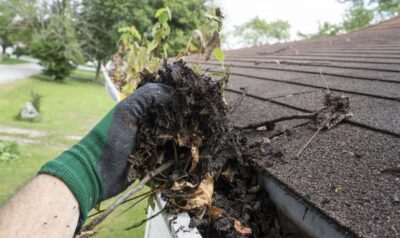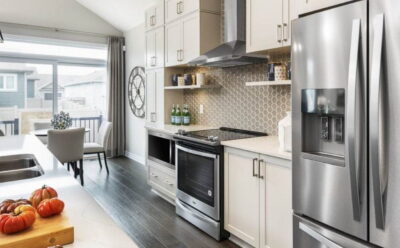 Should you invest in gutter guards?
Should you invest in gutter guards?
You know what they are: those nifty strips of metal, vinyl and other material that prevent debris like leaves from clogging your eavestroughs and causing water to overflow, potentially damaging your home’s soffits and fascia, giving mould a place to grow and even seeping into your foundation.
Because they keep gunk out of the gutters, having them installed also means you don’t have to clamber up a ladder multiple times each year to clear out the eavestroughs.
Whether they are worth the investment and how well they work depends on who you ask. Gutter cleaning companies, unsurprisingly, say they are a waste of money. Gutter installation businesses claim they are the greatest thing since sliced bread.
And, at anywhere up to $4,000 or more to install decent gutter guards on an average home, many DIYers would say skip the guards, haul out the ladder occasionally and keep all that money in your pocket.
How they work
Without a guard, rain washing down your roof carries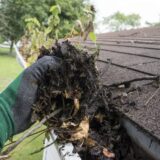 leaves, twigs, dirt and other debris into the gutters, where some of the runoff gets stuck and accumulates. The accumulation can eventually block the eavestrough, so water flows over it rather than down the drainpipe and away from your home.
leaves, twigs, dirt and other debris into the gutters, where some of the runoff gets stuck and accumulates. The accumulation can eventually block the eavestrough, so water flows over it rather than down the drainpipe and away from your home.
All that water can damage your home over time. If enough material builds up in the gutters, tree and other seeds can even take root.
In fact, clogged gutters and the warranty problems that can ensue are one reason production builders generally don’t include eavestroughs on their homes.
“Unfortunately, eavestroughs can be an ongoing service and maintenance liability,” says Ryan MacDougall, marketing and sales manager at Uniform Urban Developments. “You can’t predict if homeowners will properly take care of them.”
Depending on factors like the number and type of trees surrounding your home, unprotected gutters may need to be cleaned several times a year to work properly.
Gutter guards are designed to get around all this. Most are simply perforated covers that allow water to flow through the perforations and down the drainpipe while keeping leaves and other large debris out of the gutter. No gunk in the gutter, no overflowing eavestroughs.
Most homeowners hire a professional to install the guards, but DIY enthusiasts can buy them at building material stores for a per-foot cost of anywhere from about 50 cents to over $12.
Living without gutter guards
Should you clean the gutters yourself?
Ladders are potentially dangerous tools, and dangling from an extension ladder while wrestling with gutter gunk can be a recipe for disaster. Equally dangerous is getting up on the roof unless you have fall protection training and equipment. Depending on your ability to work safely with ladders, the injury risk alone may be a good reason to avoid trying it.
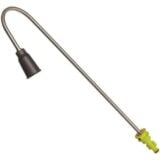 Gutter cleaning devices enable you to stay on the ground while doing the job, at least for bungalows. They include telescoping attachments for pressure washers and hoses as well as combination leaf blowers/gutter vacuums. iRobot, the makers of the Roomba robot vacuum, even sold a busy little remote-controlled gutter robot for a while, but it’s not currently available.
Gutter cleaning devices enable you to stay on the ground while doing the job, at least for bungalows. They include telescoping attachments for pressure washers and hoses as well as combination leaf blowers/gutter vacuums. iRobot, the makers of the Roomba robot vacuum, even sold a busy little remote-controlled gutter robot for a while, but it’s not currently available.
More: How to clean your gutters
Hiring a gutter cleaning company will run $200 to $500 or more, depending on the size and style of your home and what sort of service you opt for (some even offer before and after photos).
If you need to hire a gutter cleaning company three times a year, gutter guards could pay for themselves over time. Just remember: even if you invest in gutter guards, eavestroughs need to be cleaned out every couple of years because small particles of debris can accumulate and the guards themselves can get plugged with leaves.
If you opt to invest in gutter guards
Various websites, including This Old House and Better Home Guides have recently evaluated gutter guard systems. You’ll find a wealth of information on these sites, including ease of DIY installation.
If you decide to pursue the gutter guard route with a professional installer, do your due diligence. That includes checking the installation company and the manufacturer with the Better Business Bureau and asking the installer for references, proof of liability insurance so you don’t get sued if the installer is injured on the job, and a written contract that clearly states the full price of the job. You’ll find more suggestions on hiring a contractor here.
You also need to verify warranties. That means not just checking the warranties on the product and the installation but also ensuring that the gutter guards won’t void or otherwise impinge on the warranties covering your gutters and your roof.
A final note: gutter guards or not, make sure your property is properly graded. The area next to your foundation needs to be sloped so rainfall is directed away from your home, not toward it. More information on grading here.
